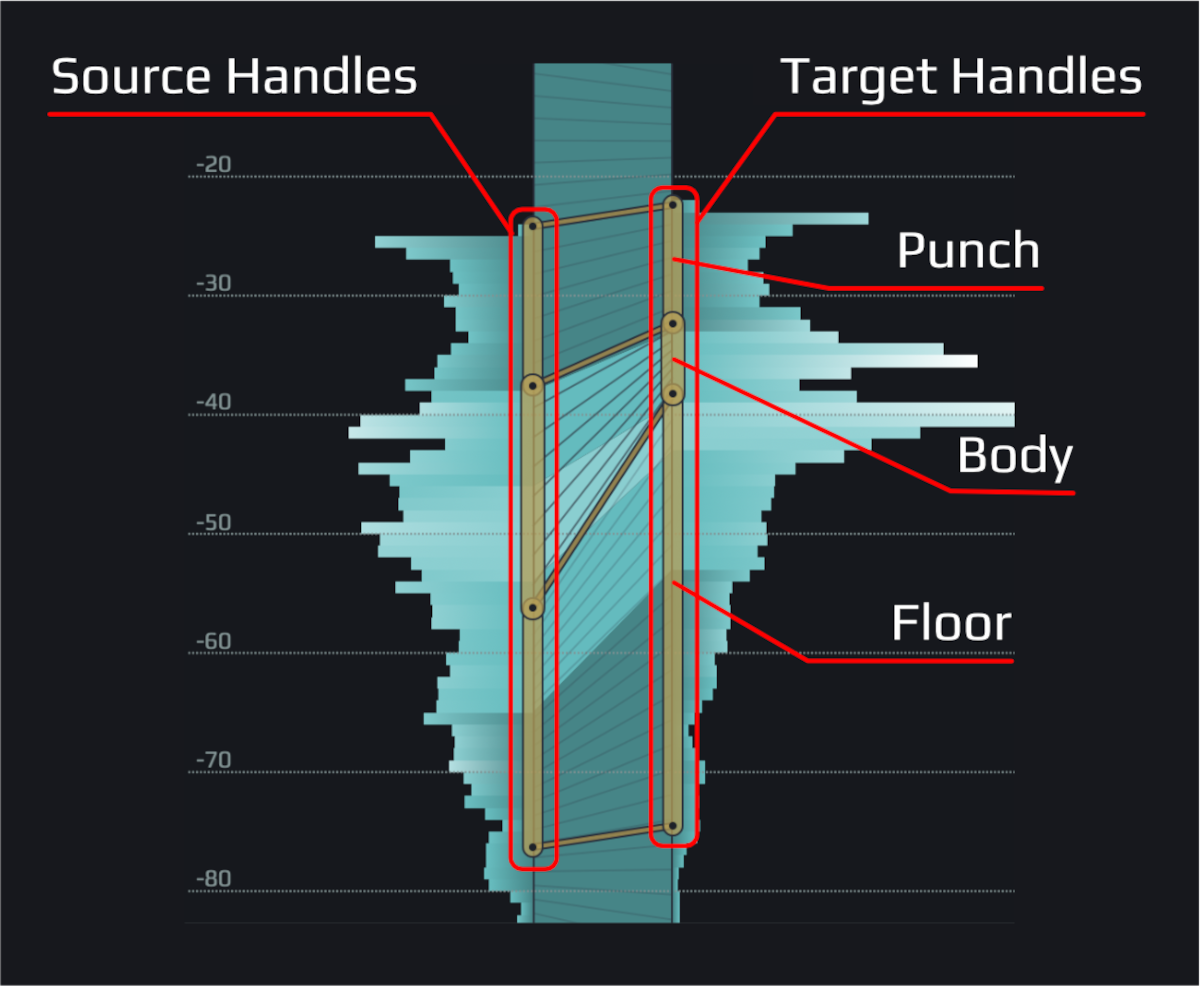Dynamic Grading makes audio dynamics visible and tangible, and leaves complicated signal chains and urban compressor myths behind. And it changes the way we approach mixing.
Playfair Audio, Hannover/ Germany, June 26th, 2023 (ictw) – Playfair Audio demonstrates how to approach a mix „The Dynamic Grading Way“ and runs an anniversary sale celebrating one year beyond Threshold & Attack.
Changing the conversation from „Compression“ to „Dynamic Grading“
By providing a visual representation of audio dynamics, Dynamic Grading lets sound designers and engineers intuitively season the amount of a signal’s punch, body, and floor. By adjusting the corresponding graphical handles, different parts of the dynamic range can be compressed, expanded, or leveled independently and precisely.

Dynamic Grading’s unique dynamic histogram shows where in the dynamic range a signal’s different bits and pieces are located. With the integrated graphical dynamic controls, it’s as easy as grabbing a handle and pushing it around to intensify the weight, the punch, or the ringing of a drum kit for example. Audio becomes a piece of clay in the hands of a creative sculptor. By overcoming the limitations of „thinking only in terms of compression“, creating a dense but vital mix is now possible by directly shaping the individual signals or tracks, without setting up arcane advanced compression recipes.
Providing the mix with a stable center of gravity – Introducing Mixing The Dynamic Grading Way
The paradigm shift regarding dynamics is also changing the general approach to mixing towards „Mixing The Dynamic Grading Way“. What does this mean?
The founder of Playfair Audio and inventor of Dynamic Grading, Christian Luther, just released a demo project and video tutorial that showcases an entirely new way of mixing audio signals. The proper placement of audio tracks within the dynamic range, attack characteristics, level, and depth of field can all be adjusted within the Dynamic Grading paradigm.
Mixing The Dynamic Grading Way looks like this: Leave all your faders at 0db and insert Dynamic Grading into each channel. That way, the decibel scales of all instances are perfectly aligned. Then start arranging all the instrument’s body ranges around a common „center of gravity“ to build the fundament of the mix. Finally, create just the right amount of depth by adjusting each track’s punch. Check out the video with Christian and hear how a multi-track project comes nicely together just by grading each track dynamically. Download the demo project and explore Mixing The Dynamic Grading Way yourself.
Dynamic Grading 1.2.6 is currently available from the Playfair Audio Website for 89,- USD/ Euro during the Anniversary Sale Period (40% off USD/Euro 149,-). www.playfair-audio.com
System requirements
Dynamic Grading supports AU, VST3, and AAX formats (64 Bit only).
Mac:
2GHz CPU, 4GB RAM
macOS 10.10 or later
Intel & Apple Silicon native (incl. AAX)
Windows:
2GHz CPU, 4GB RAM
Windows 7 or later
